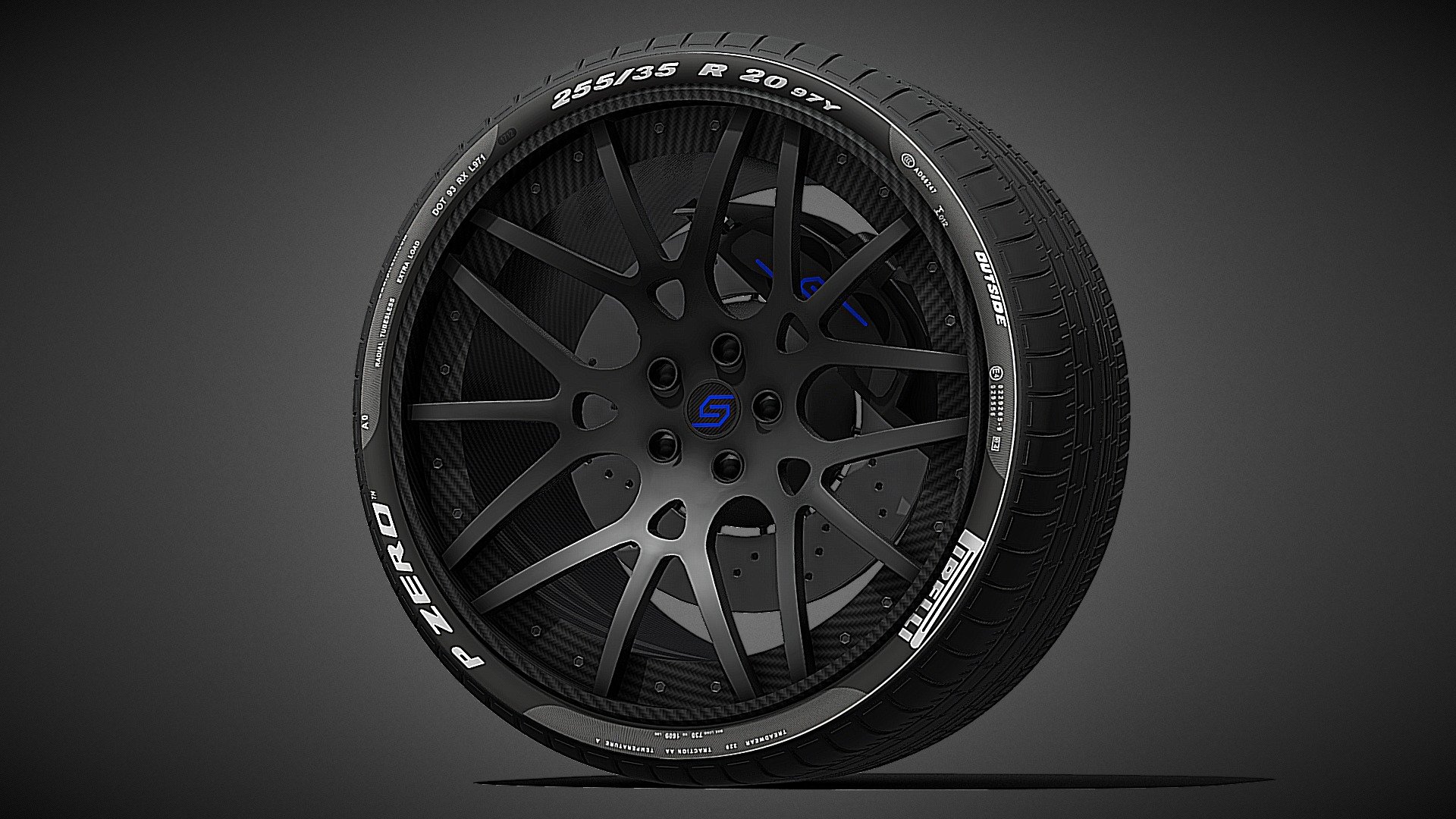

While I was debating if it was even possible that a software package even could make half of the claims made on it’s behalf even audible, the price dropped to $995 - and Sonic Studios then announced a “Mini” version, with a much more affordably price of $395. At the time, it retailed (at that time) for $1500 a pop. Now, I should mention at this point that Amarra is not cheap and it’s a software package. I called up Sanjay over at Ciamara in NY and ordered me up a copy. I was promised better sound staging, truer fidelity, deeper bass response, a less harsh treble, a sexier tube-like mid-range, lower jitter, and a huge return on my taxes that year. As one of the sad clueless, I was promised all manner of goodness should i dare explore the wonders. And by ‘gold standard’, I mean ‘brick that computer audiophiles use to bludgeon the unenlightened’. What was preferred, almost universally, was a little program called Amarra, from Sonic Studios.Īmarra, which just released v2.1 this week, has been the “gold standard”. Hanging out there, I noticed right away that a great many folks there loved Apple hardware (the computers, anyway) but hated Apple software. Then, this year, I upgraded both my DAC and my interface for it after spending just a bit too long on the Computer Audiophile forums. First, through a sweet PS Audio D元 DAC that I had modded by Cullen Circuits.

Good!Īnyway, I’ve been fiddling with computer audio -based playback for some number of years. 😉 I have not always been a fan, though, but I think it was OS X that did it for me. I guess you could say that I just got sick of doing Windows.
#Pure music media software tv#
I suppose that I should know as I have three on my desk, another in the living room - and there’s an Apple TV in there, too. Rjdj abstractions (by Reality Jockey Ltd.Life is different with an Apple. Interfacing 7: Feature extraction of audio signals Interfacing 6: Wacom (using a standalone app written in SC) Recording to disc / Playing back from disc Sound synthesis basics: sines and amplitude control More info about the class can be found here Contents: The course can be used toward completion of the Visual, Literary, and Performing Arts (VLPA) requirement. This seminar is ideal for students interested in music, media arts, computer science and engineering, or anyone with musical or performance interests.

It is expected that the course will start with more lectures, reading and theory, continue with increasingly more development and programming and finish with increasingly more lab sessions. The class will consist of three main sections: Theory / Development / Practice. Each participant will compose a studio-based musical piece and make a short performance using his/her instrument, solo or in a band with other participants. By the end of the seminar, participants will have created their own musical instruments, based on software they design specifically for ‘found’ interfaces of their choice – for their iPhone/iPod/iPad or their computer and ‘found’ interfaces such as gamepads, joysticks, MIDI controllers, Wii-remotes, Wacom tablets or Guitar Hero controllers. This seminar will introduce participants to the rich history of human-machine interfacing in the arts while teaching them practical skills and providing them with a platform for hands-on experimentation. In many aspects, musicians, composers and media artists are pioneers of this progression, constantly pushing forward concepts, design, and usability issues. The need for making digital technology more intuitive and accessible has been driving an ever-growing trend towards research and development of interfacing technology. Original course description:ĭuring this discovery seminar participants will learn to creatively appropriate commercial user-interfaces and use them as tools for artistic expression. The example files are a combination of files created by myself, files included in the original distribution of Pd, and tutorials written by other people, all selected and put together in a sequence that made sense to teaching this class. The course was an intensive, one-month long course for freshmen with diverse backgrounds, and focused on introducing them to the fundamentals of digital sound, sound synthesis, interfacing, mapping, and digital instrument design, as well as electronic music and composition. These examples were made for a course I created and taught at the University of Washington’s Center for Digital Arts and Experimental Media (DXARTS) in Early Fall 2009 and Early Fall 2010. “Digital Musical Instrument Design and Creation” (DXARTS 198b/DXARTS 198c) About:


 0 kommentar(er)
0 kommentar(er)
